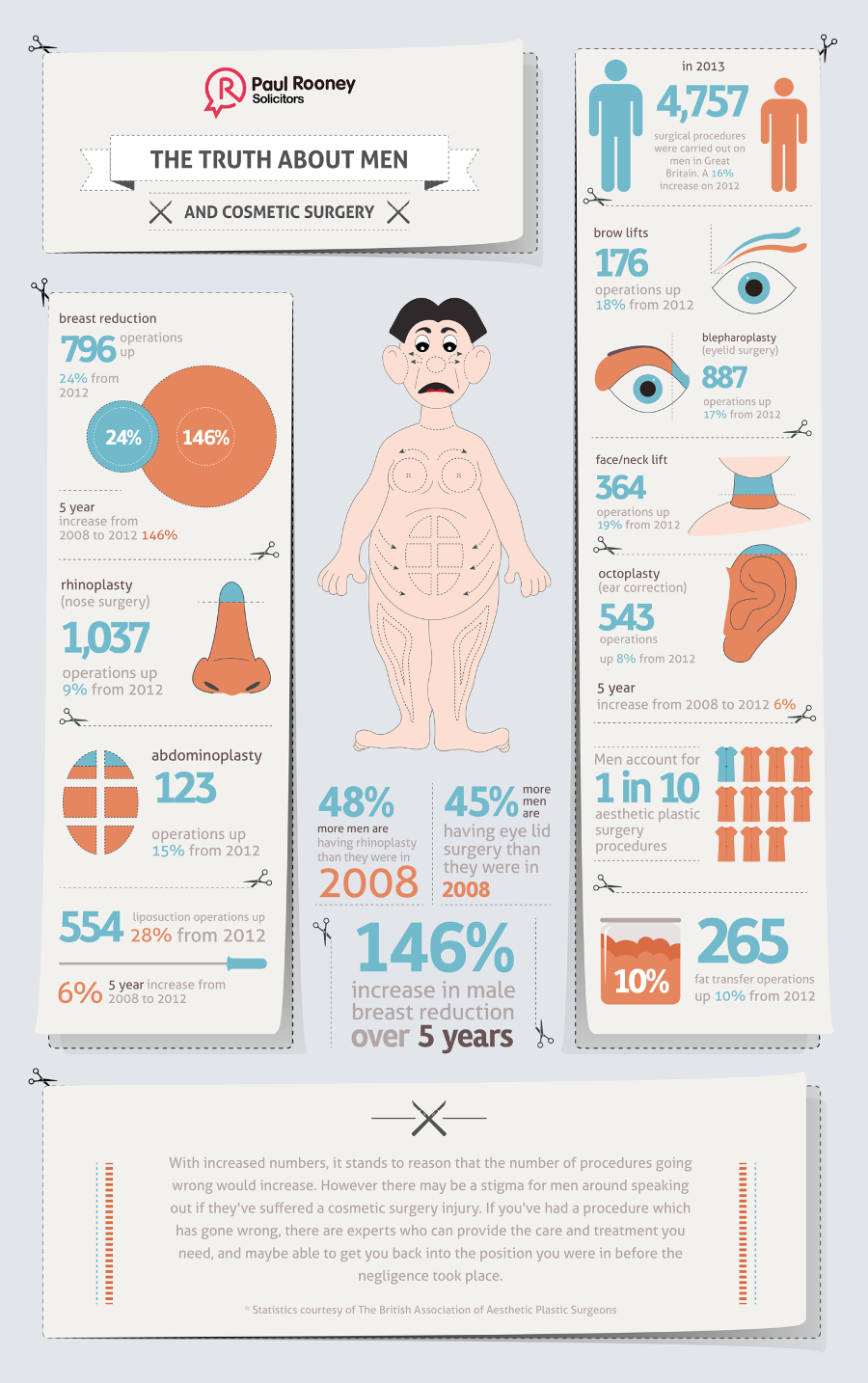Acne In Adults
Acne In Adults
Blog Article
Advantages and disadvantages of Laser Resurfacing
In the hands of a skilled practitioner, laser resurfacing is a safe and reliable method to treat scarring, creases, sun damage, and various other flaws. Choose an expert based upon their experience, training and certifications rather than merely the cost or brand of laser system.
Nonetheless, it is necessary to understand the pros and cons of this cosmetic procedure.
Cost
Laser resurfacing can help decrease the appearance of age areas and sun damage, leaving the skin with a much more even structure. It can likewise be utilized to treat scars and enlarged oil glands on the nose.
The expense of laser resurfacing varies widely, depending on the type of treatment and the location. Patients ought to always request for a detailed breakdown of the costs prior to accepting the treatment. On top of that, several insurance policy carriers do not cover the treatment, yet some might if it is regarded clinically needed. Additionally, financing choices are offered through clinics and medical bank card such as CareCredit. These alternatives can reduce the worry of ahead of time costs, however clients should carefully assess the settlement terms prior to selecting a plan.
In general, laser resurfacing offers far better outcomes than chemical peels and dermabrasion. Nevertheless, it can not replace a facelift or neck lift. On top of that, it is not a reliable therapy for loose skin, which requires surgical procedure to tighten up.
Downtime
Although laser skin resurfacing can be an efficient treatment for wrinkles, acne scarring, and various other skin imperfections, it needs significant downtime. However, the recuperation procedure is typically short and reasonably pain-free. The downtime is needed because the laser breaks apart skin cells and boosts new growth. This causes smoother, tighter, and a lot more younger looking skin.
There are a number of laser resurfacing therapies offered, and the very best one for your particular demands will certainly depend on the sort of skin trouble you wish to address. A professional skin care professional will certainly have the ability to identify the type of laser that would certainly work best for you.
If you pick a nonablative laser, you can anticipate little or no downtime. You may experience soreness and swelling for a couple of days, but this can be decreased by using moisturizing lotion freely and taking ibuprofen as required. It is likewise important to stay clear of vulnerable sun direct exposure following a laser therapy.
Adverse effects
The success of laser resurfacing depends on numerous elements, including a knowledgeable and educated person, a proficient physician and a proper postoperative recovery routine. Major complications can take place.
Typical light adverse effects of laser skin resurfacing are soreness, itching and crusting. You may additionally experience moderate wounding and abrasions. If you have herpes simplex virus (HSV) and obtain a cold sore episode in the treatment location, your physician may suggest antiviral medication prior to and after your treatment session.
Akhavan compares the healing procedure to that of a cellunic skincare paper cut, claiming that it takes regarding a week for the injury to close up and for the cells to start creating brand-new tissue. He suggests his clients to stay clear of severe cleansers throughout recovery and rather use a mild, fragrance-free cleanser or delicate skin formula. He likewise advises them to use sun block and minimize sunlight exposure. He recommends that customers get their therapies on a schedule to ensure that they're not interrupted by a getaway or various other event.
Safety and security
Laser resurfacing is a very risk-free treatment in the hands of a qualified and educated service provider. Nonetheless, in the hands of an inexperienced individual or a professional utilizing a crappy laser platform, it can be uncomfortable and dangerous.
During laser therapy, the care team cleans the area and applies a numbing lotion. Then, the laser releases short, high-intensity beams that destroy harmed external layers of skin. The laser also heats up underlying skin, boosting collagen growth to enhance appearance and suppleness.
The procedure can minimize great lines, age spots and unequal complexion in most people. It can not treat deep marks and drooping skin, however.
One of the most usual side effects of laser resurfacing include inflammation and swelling (erythema). Various other potential problems consist of hypopigmentation, skin eruptions and dermatitis, and herpes simplex or genital herpes outbreaks. Safety measures for herpes simplex consist of antiviral medication, such as valacyclovir or acyclovir, starting two days prior to therapy and proceeding until seven to 10 days after therapy.